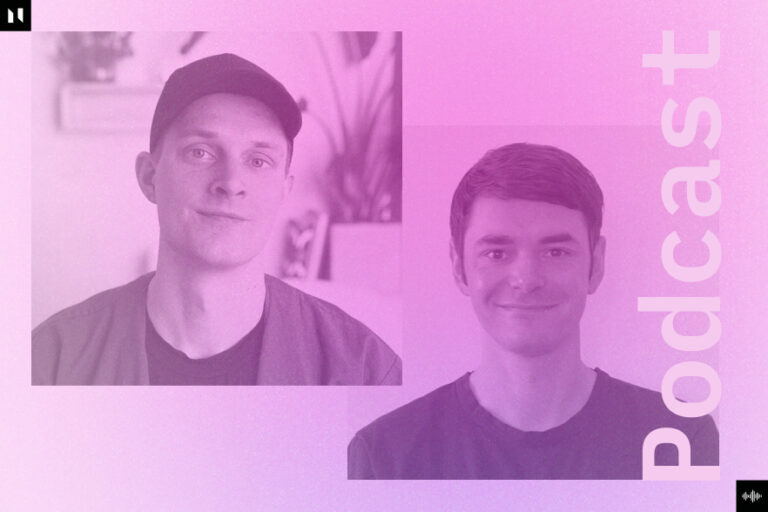
Digital platforms are evolving. They used to run functions, then they ran businesses; now the most advanced digital platforms facilitate new business ecosystems.
For traditional businesses that are prepared to change significantly, advanced digital platforms can confer the ability to constantly evolve. Some of these digital platforms even help businesses beat global giants such as Amazon. These new digital platform environments enable application modernisation, application transformation and application innovation, and so they progressively change the operating model of the whole organisation, to one that can evolve fast and enables constant evolution. For the best, their mastery of the speedy movement of data across the organisation’s ecosystem allows them to work at scale and, crucially, learn at scale. And learning at scale, fast, is literally lifesaving and livelihood saving in this pandemic.
Fully digital companies (such as Amazon, Salesforce and Uber) have digital platforms run by accountable platform (or product) teams. Each platform consists of activities and technology that delivers to a business goal and can therefore be run as a business, a product or a service. The most advanced of these organisations, the hyperscalers, can quickly assemble a new platform that supports cellular teams in pursuing a new product or line of business.
But what are the characteristics of these advanced digital platforms? How do they come about in traditional businesses? Who runs them, and what do they do?
Platform evolution dissected
Decades ago, a platform used to be a physical structure that held software and data in a computer. This structure would integrate the data flows between components to allow processes (instructions) to run a machine or a programme. They were integrated into a product – the computer – or more basically, a machine controller.

Later, platforms became architectures of software and data that ran the processes and controls of an organisation (such as ERP software), integrating business functions and improving data flows throughout the organisation (data fluidity). They were initially a software product, becoming Software-as-a-Service. Recently, first in hyperscalers then in pioneering traditional companies, platforms have become an environment of technology, processes and people that create change through digitisation. They contain digital platforms, multidisciplinary teams, tool sets and approaches that digitise and change business processes. They are often initially represented to the organisation as a product to be consumed, but ultimately become an integral part of the organisation’s operating model, changing it to be like that of advanced software companies.
Digital platforms were things we built; now they are environments for change.
Even more recently, this environment can be prebuilt and preconfigured to a specific scope of business and IT processes such as IT operations, with preselected ecosystems of partners. The ‘product’ being offered is effectively an advanced operating model that replaces legacy processes with modern, intelligent, automated, augmented, digitised processes that evolve at the pace of new technology. Furthermore, these advanced environments and operating models catalyse, enable and support similar environments in the rest of the organisation, answering the demand for fast, agile, digitised change. In effect, advanced digital platform environments have now become engines of change – both business and technology change.
A new species of platform – The environment and its three types
The scope of an organisation covered by digital platforms is expanding as more parts of the traditional operating model are being ‘platformised’. In effect, traditional organisations are changing significant parts of themselves to operate like software companies – small teams utilising agile approaches and an advanced digital platform to create or reengineer business processes. The digital components created can then be reused in other digital efforts. We observe these platform-based environments initially being one of three types:
– Customer engagement environments that focus on customer propositions and experience
– Production environments (not to be confused with traditional technical production environments) that create and renew core technology
– Operations environments that focus on the processing of transactions and the management of assets
In traditional organisations, building a new operating model that uses these platform environments follows a pattern. Typically, the first to come into operation is the production environment. It begins to reengineer the core technology stack using small teams, institutionalising Agile and DevOps approaches. This then starts to enable similar platform environments in customer engagement and operations digitisation efforts, which use the newly refreshed platform components in the production environment. As any environment produces components the others may use these in their efforts. This is how the initial differentiation between environments reduces over time.
These three types tend to exist in the initial stages of digital transformations (e.g. apps for digital consumer products, IoT enablement of the supply chain, IT portfolio shifts to the cloud) for several reasons:
– Customer engagement environments form because citizen and customer-facing business operations must be adapted on the fly, have a specific focus on a line of business and work within specific ecosystems
– Operations environments come about since back-office systems tend to have a more regular, planned cadence, are internally focused but driven by shared service requirements, and have their own sets of ecosystems
– Production environments are created where core IT changes are also regular and planned but cover the whole organisation, are subject to the drivers and maturity of technology services and are either run or are part of their own technology-focused ecosystems
So, each platform type evolves separately because of their different combinations of customer journeys, ecosystems, scopes, regulation, processes, planning cadences, budgets and skill sets. However, they share digital components.
Successful platforms
Organisations with predominantly enterprise-era IT are limited by the underlying design and management of their tightly integrated technology platforms and business capabilities. Digital transformation involves removing friction in the business to allow constant evolution. This includes friction within and between teams, IT systems/digital platforms, code/test/integration, data infrastructure and especially decision-making. The essence of changing the operating model towards one that can evolve constantly, enabled by the modern digital platform environment, is to eliminate friction in the business.
By using modern digital platform environments to evolve faster, organisations small and large can carve themselves out key roles in their sectors. They can create new revenue opportunities and find themselves fit and agile enough to disrupt their sector, or out-manoeuvre disruption where it occurs.

Bill Murray
Senior Researcher and Advisor, Leading Edge Forum


